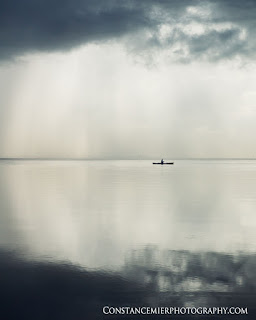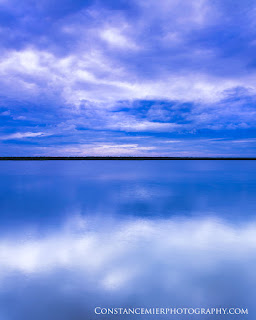Definition of overuse injury: Tissue trauma and chronic inflammation induced by repeated minor trauma (e.g. induced by repetition of same actions, or persistent overload of muscles).
The blog title may conjure up images of photographers climbing rocks, traversing treacherous white waters or getting too close to a wild animal to get that shot. While I am sure there are a number of wilderness-related injuries that come with glory or bragging rights, I bet most do not. I speak of chronic, overuse injuries and the inevitable age-related decline in physical robustness.
I write this using one hand as I recover from carpal tunnel surgery. The surgery took place almost four weeks ago and it has been a long and slow recovery. I have had to place all things relating to my canoe and camera on hold as my hand recovers from the trauma of a 3-pronged surgery.
Years ago I was visiting one of my students interning at a physical therapy clinic. I spoke with a patient, an elderly woman who was receiving ongoing shoulder therapy. She had been a professional photographer in the fashion industry and her shoulder ailments came from years of carrying heavy equipment. How many others have suffered this occupational hazard? Sure, cameras and accessories are lighter and maybe fewer in number compared to the previous photographer's time; but still.
A wildlife photographer requires a big lens. Some of them (i.e., 100-400mm, or 300mm prime with teleconverter) weigh less than 4 lb. With camera, battery, external flash, and 300mm telephoto lens + 1.4x teleconverter, I hold approximately 6 lb. This seems small and falls well below my maximum weight capacity. But, put this into context. Review the image below and note the position of my left hand.
To photograph wildlife, you have to be ready to press the shutter button in an instant, holding the viewfinder to your eye for long periods as you track your animal. When the photo above was taken by my friend Bob Quirk, I was somewhere in the Everglades photographing a flock of 16 flamingos and I treated it like a once-in-a lifetime opportunity. I wanted to capture the interactions of these beautiful and wild birds. I sat there in my canoe for at least 3 hours, pretty much in that position.
I also spend considerable time photographing bird rookeries from my canoe. When I do, I normally sit 3 to 4 hours at a time. The image below was taken at one of those rookeries. Looks like I was attempting to stretch my legs after sitting for a long period. Again, check out the position of my left hand.
After doing this for a year or so, I bought a monopod to support the camera and take the weight off my shoulders, wrists, and fingers. I don't really like to use it as it makes it difficult to maneuver into low positions. After awhile, I left the monopod at home and continued my old ways, carefree and lens holding. On top of all that, I paddle a canoe, requiring many hours of repetitive arm motion and wrist flexion.
So add all that up, hundreds of hours holding 5-6 lb in one position and hundreds of miles of paddling a canoe. Over the past five years, I experienced off and on nighttime numbness in my hands, usually brought on after a long day of photographing birds or paddling. I mostly ignored it. More recently, I received cortisone shots for trigger thumb, two years in a row. All of this in my left hand (see hand positions above). A couple months ago, the nightime numbness came nightly, turned into pain and was not easy to alleviate. I lost sleep, so I faced it and took my doctor's advice to have the surgery.
Google search "Photography overuse injury" and you will come up dry. Am I the only one? Are you like me and simply ignore the aches and pains and think that its nothing that a couple ibuprofens and a glass of wine can't fix? That's what I use to think. Once I heal, I have new strategies to prevent a repeat and other potential issues. For one, I will begin using a vertical grip on the camera. I will write about that in the future. And oh yes, I will be using my monopod.
























































